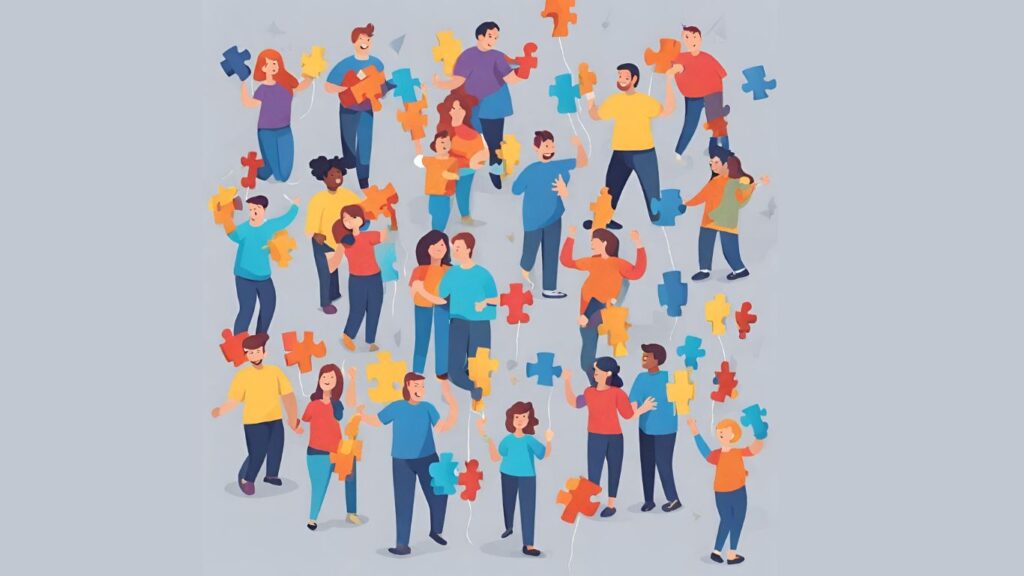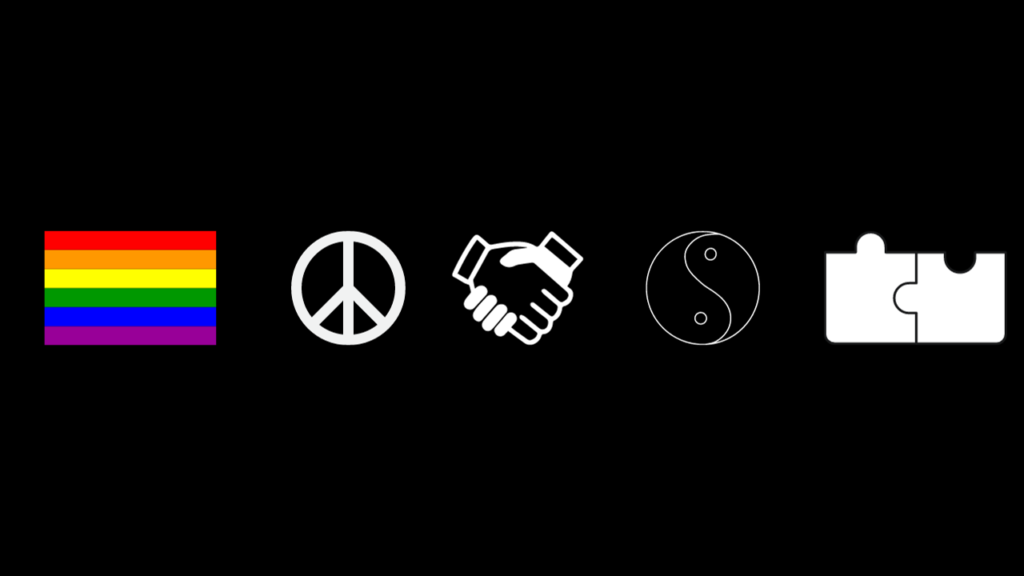It is important to celebrate the diversity within the autism community and recognize that each individual has their unique strengths and challenges. By embracing and accepting this diversity, we can create a more inclusive and understanding society.
One way to better understand autism spectrum diversity is to recognize the different subtypes of ASD. These subtypes include:
- Autistic Disorder (classic autism)
- Asperger’s Syndrome
- Pervasive Developmental Disorder-Not Otherwise Specified (PDD-NOS)
- Childhood Disintegrative Disorder
Each subtype has its own set of characteristics and challenges, and it is important to recognize and understand these differences.
Benefits of Celebrating Autism Diversity
Promotes Inclusion
Celebrating autism diversity promotes inclusion by recognizing and valuing the unique strengths and abilities of individuals on the autism spectrum. It helps to create a more welcoming and accepting environment for people with autism, where they feel valued and respected for who they are. By promoting inclusion, we can help to break down barriers and create a more inclusive society that benefits everyone.
Encourages Acceptance
Celebrating autism diversity encourages acceptance by promoting understanding and awareness of autism. It helps to challenge stereotypes and misconceptions about autism and encourages people to see individuals with autism as individuals with unique talents and abilities. By encouraging acceptance, we can help to create a more tolerant and accepting society that values diversity and difference.
Fosters Community Support
Celebrating autism diversity fosters community support by bringing together individuals, families, and organizations that support and advocate for people with autism. It helps to create a sense of community and belonging for individuals with autism and their families, and provides opportunities for them to connect with others who share their experiences and challenges. By fostering community support, we can help to create a more supportive and inclusive society that values and supports individuals with autism.
Challenges Faced by the Autism Community
Autism is a complex neurodevelopmental disorder that affects individuals in various ways. As a result, the challenges faced by the autism community are diverse and wide-ranging. Here are some of the most common challenges faced by individuals with autism and their families:
Communication Difficulties
One of the most significant challenges faced by individuals with autism is communication difficulties. Some individuals with autism have difficulty with verbal communication, while others may have difficulty with nonverbal communication, such as facial expressions and body language. This can make it challenging for individuals with autism to express their needs and emotions effectively, leading to frustration and isolation.
Sensory Sensitivities
Many individuals with autism have sensory sensitivities, which can make everyday experiences overwhelming. For example, bright lights, loud noises, and certain textures can be unbearable for some individuals with autism. This can make it challenging for individuals with autism to participate in typical activities, such as going to school or attending social events.
Socialization Challenges
Individuals with autism may have difficulty with socialization, which can make it challenging to form meaningful relationships. They may struggle to understand social cues and may have difficulty with social reciprocity, leading to isolation and loneliness.
Executive Functioning Difficulties
Executive functioning refers to a set of cognitive processes that help individuals plan, organize, and complete tasks. Many individuals with autism struggle with executive functioning, which can make it challenging to complete everyday tasks, such as getting dressed or preparing a meal.
Strategies for Promoting Autism Diversity
Educational Programs
Educational programs are a crucial part of promoting autism diversity. These programs can help to educate both neurotypical individuals and those on the autism spectrum about the unique challenges and strengths of individuals with autism. Some effective strategies for promoting autism diversity through educational programs include:
- Providing training for educators and other professionals who work with individuals with autism
- Incorporating autism-related topics into school curricula
- Offering workshops and seminars for parents and caregivers of individuals with autism
By providing education and training, individuals can develop a better understanding of autism and how to support individuals with autism in their communities.
Awareness Campaigns
Awareness campaigns are another effective strategy for promoting autism diversity. These campaigns can help to raise awareness about the challenges faced by individuals with autism, as well as the unique strengths and abilities that they possess. Some effective strategies for promoting autism diversity through awareness campaigns include:
- Hosting community events and activities that showcase the talents and abilities of individuals with autism
- Creating public service announcements and other media campaigns that raise awareness about autism
- Partnering with local businesses and organizations to promote autism diversity in the community
By raising awareness about autism, individuals can help to create a more inclusive and accepting society for individuals with autism.










